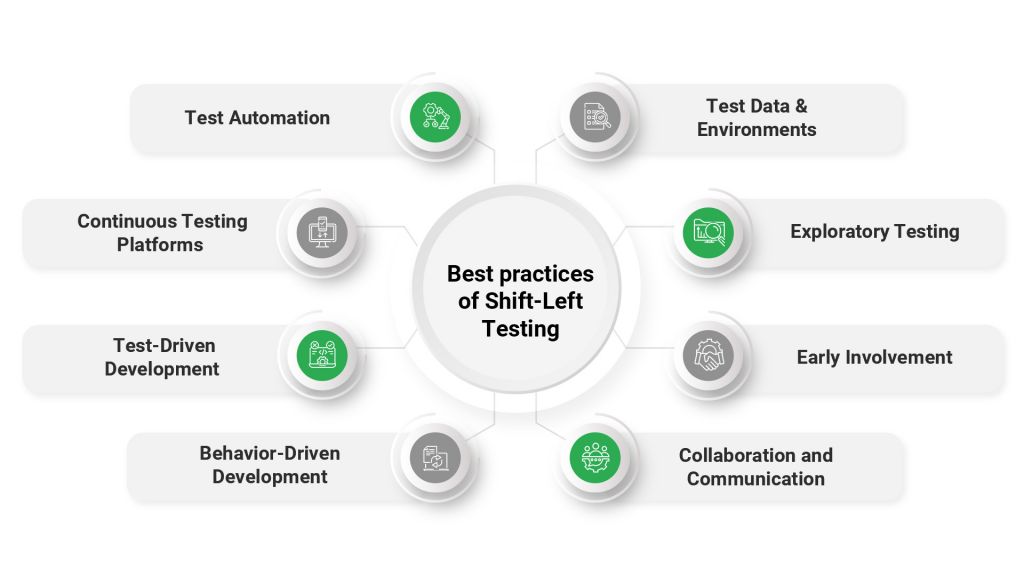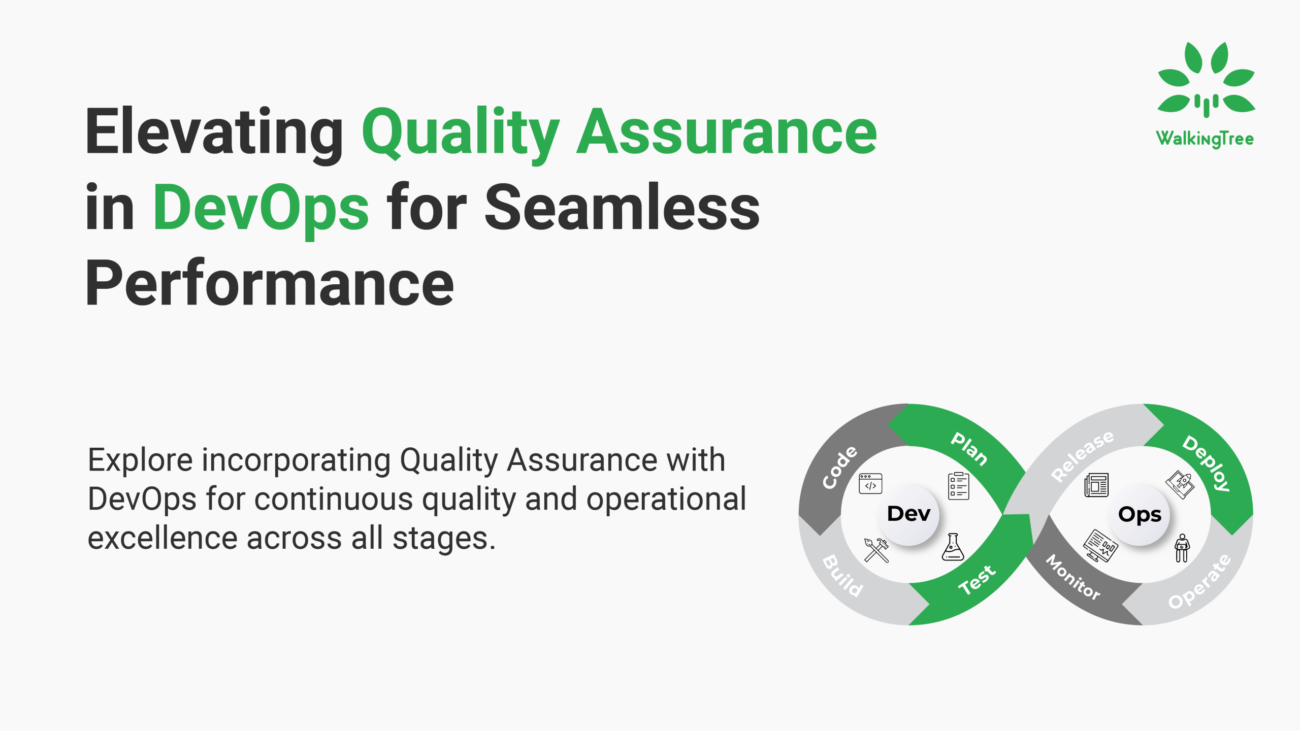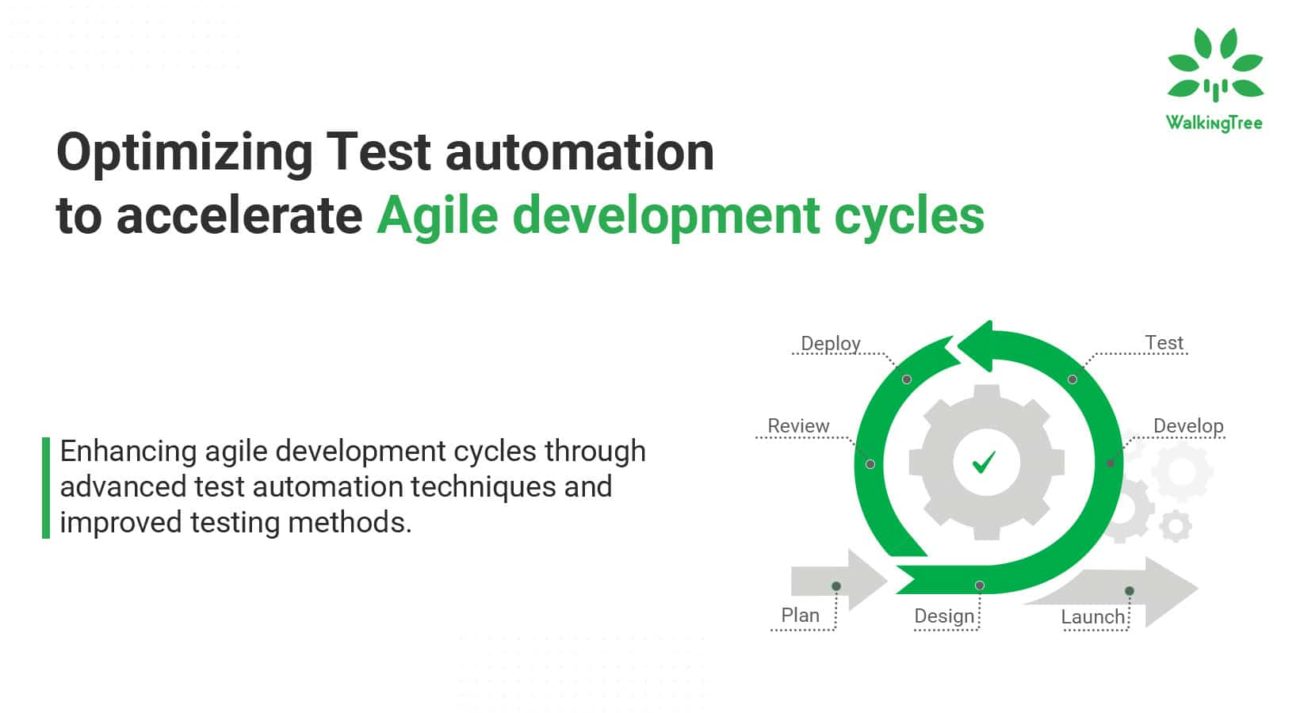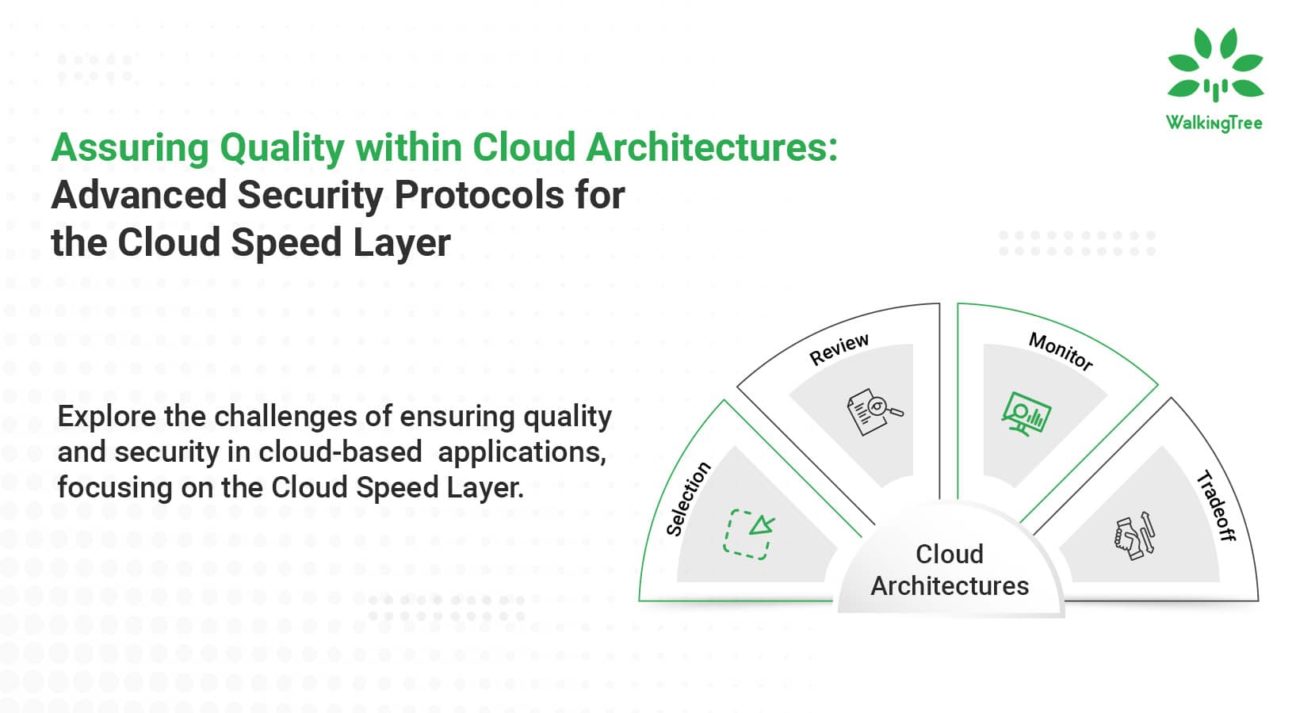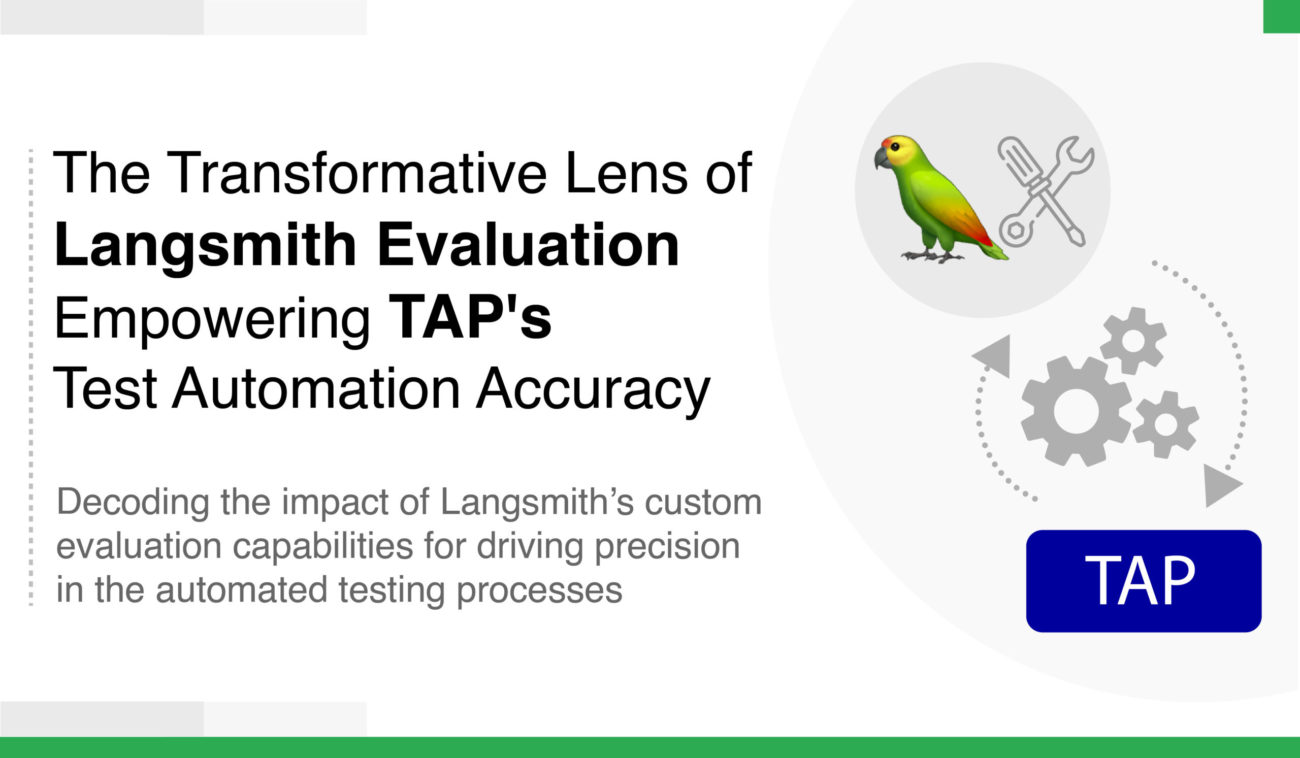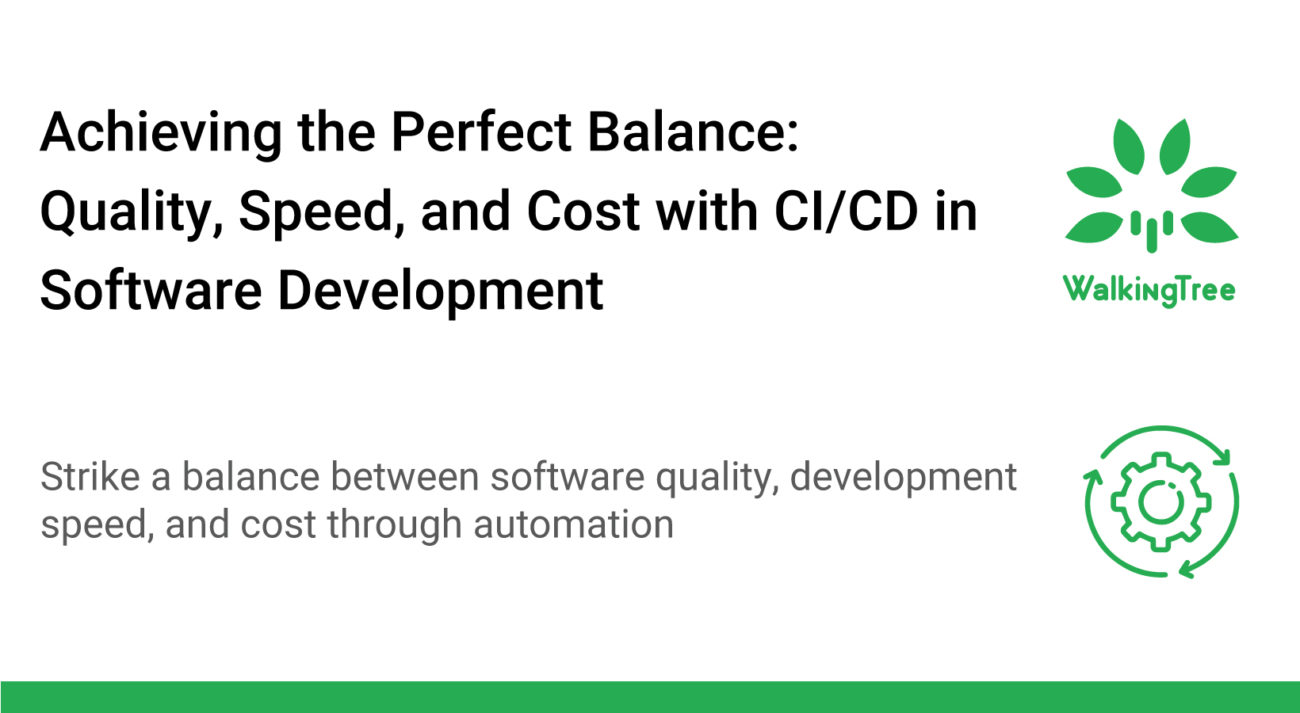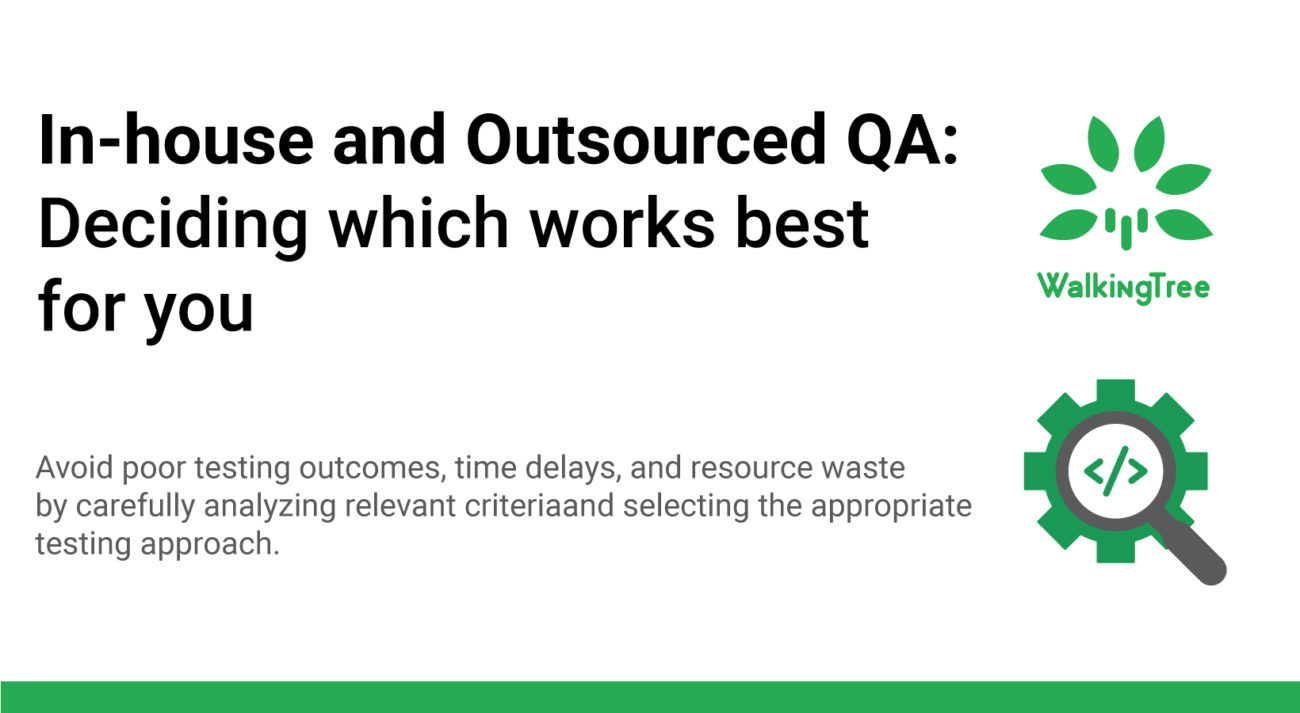
Blogs
Proactive Quality Assurance with Shift-Left Testing
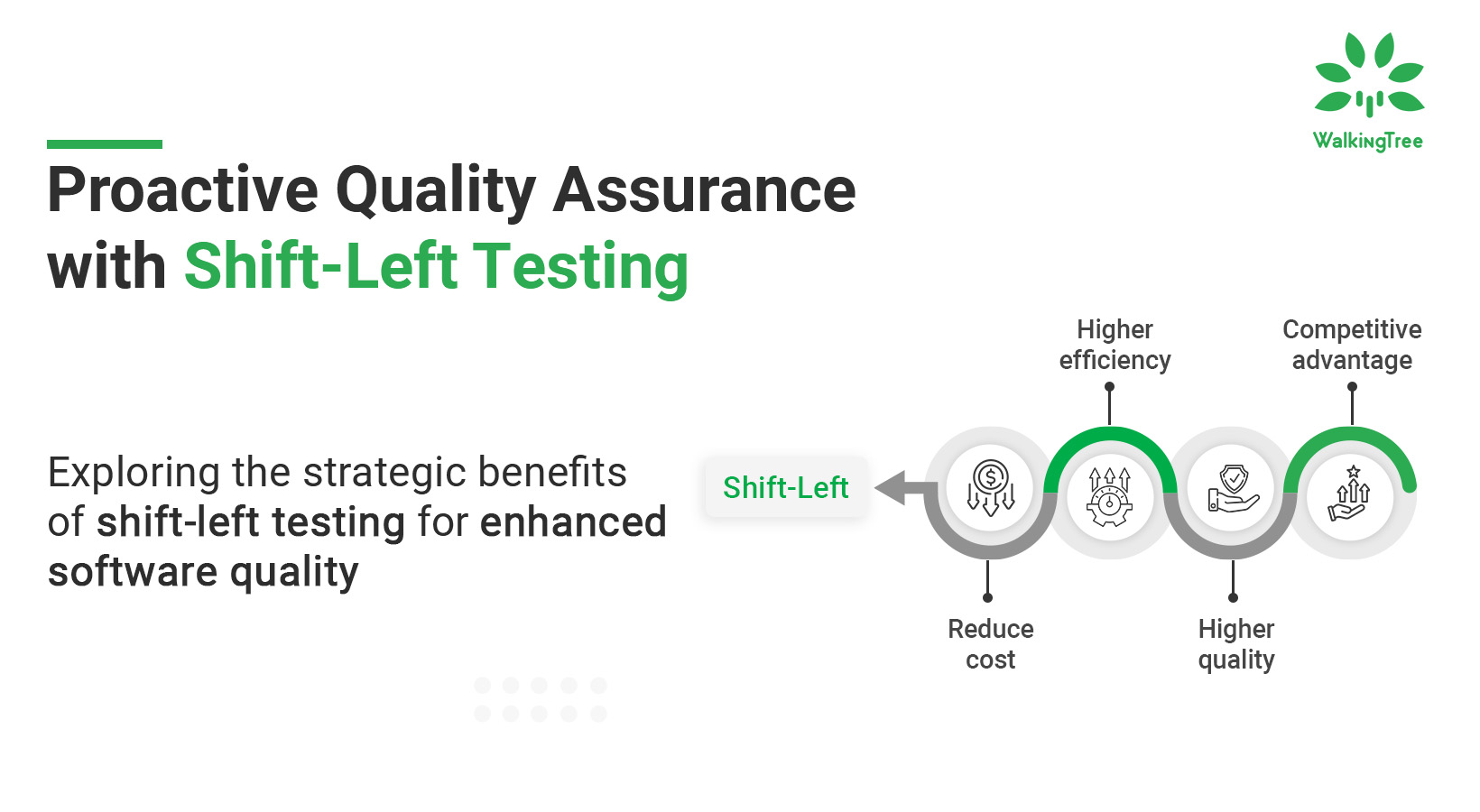
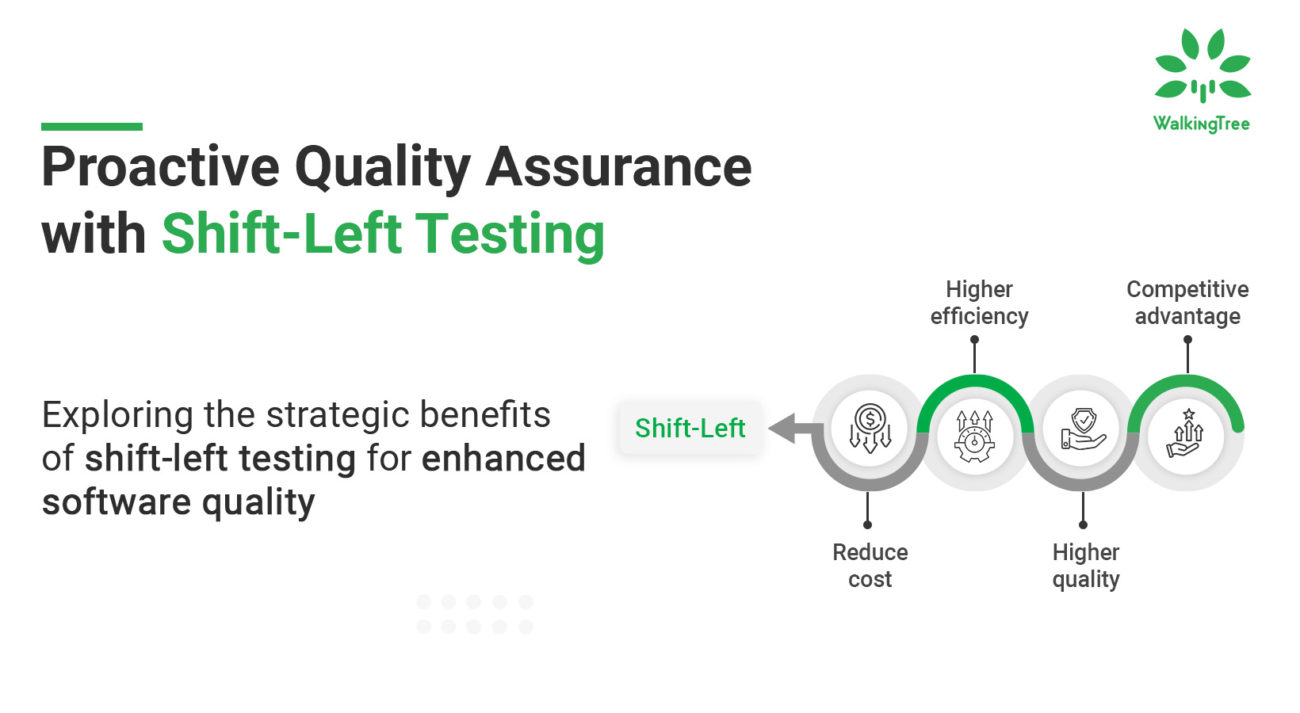
In the high-stakes arena of present-day business, the pressure to meet project deadlines and manage increasing demands is enhancing. Businesses must accelerate their renewal cycles to stay competitive. Allowing them to quickly adapt to evolving client demands, dynamic market conditions, and unexpected dislocations. However, this speedy pace shouldn’t compromise the quality of the software delivered to end-users.
Shift-left testing focuses on the early detection and resolution of defects. Consequently, this approach reduces the need for significant rework, increases operational effectiveness. And complies with TQM principles by detecting problems early on, guaranteeing quality throughout the whole production process. Therefore, the software development lifecycle (SDLC) is sometimes shown as a left-to-right timeline, with traditional testing activities positioned at the far right. This is where the name “shift-left” originates.
The term “shift-left testing” refers to the movement of certain tasks to earlier stages. Several testing kinds are included in this methodology. Therefore, while integration testing looks at how different units interact, unit testing evaluates individual code components. Security and functioning of APIs are ensured by API testing, and user interfaces are checked by UI testing.
|Strategic Advantages of Shift-Left Testing

The shift-left testing implementation offers various strategic advantages that improve overall operational effectiveness and competitiveness in the market. The main benefits are as follows:
Operational Efficiency
- Streamlined Development Processes: Businesses can streamline their development processes by including testing activities early in the software development lifecycle.
- Reduced Waste: Preventing issues from accumulating and minimizing financial impact leads to substantial cost savings and better resource utilization.
- Improved Use of Resources: By streamlining testing procedures from the start, more human and technology resources can be allocated, which raises output and lowers costs.
- Increased Test Coverage: Early and continuous testing ensures broader and deeper test coverage, improving overall product quality by identifying more defects and ensuring comprehensive validation.
Risk Mitigation
- Proactive Issue Identification: Potential problems can be discovered early on. Additionally, prevented from growing into more serious challenges by introducing continuous testing at every level of the development process.
- Reduced Impact of Defects: Resolving defects early minimizes the likelihood of significant issues affecting the final product.
- Enhanced Predictability: Early and consistent testing reduces risks associated with software development.
Customer Satisfaction
- High-Quality Software: Early resolution of critical issues leads to the delivery of robust, high-quality software that meets user expectations.
- Increased Trust and Reliability: Reliable software enhances client satisfaction and trust, which are essential for client retention and expansion.
- Strengthened Reputation: Consistently delivering high-quality products enhances the organization’s market reputation, positioning it as a leader in quality and innovation
- Higher Customer Satisfaction: Increased customer loyalty and satisfaction are closely correlated with improved software quality.
- Quality Codebase: Early and continuous testing ensures a cleaner, more maintainable codebase, reducing long-term maintenance costs and complexity.
This proactive approach not only delivers superior software products but also strengthens the business’ competitive edge.
|Early defect mitigation in software development
Early defect detection and resolution is one of the main principles of shift-left testing. Therefore, Shift-left testing identifies faults at their commencement by integrating testing activities beforehand in the development cycle. Consequently, reducing the cost of correction and improving overall product quality. Thus, early detection and resolution of issues substantially mitigate the requirement for extensive rework.
|How businesses are getting advantages through early defect detection
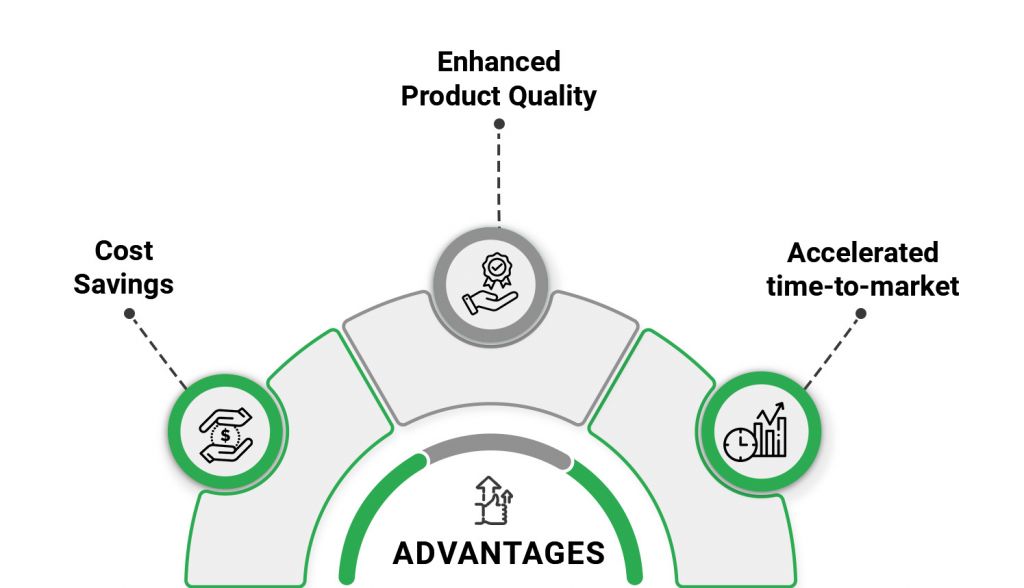
Exploring the potential of Early defect detection strategies:
- Cost Savings: Identifying and resolving defects early in the development process significantly reduces expenses associated with extensive rework and late-stage corrections. This proactive approach prevents issues from accumulating and minimizes financial impact, leading to substantial cost savings and better resource utilization.
- Enhanced Product Quality: Regular testing guarantees that important problems are resolved before they affect the end-user experience. Consequently, businesses produce dependable, easy-to-use, and outstanding products that enhance consumer satisfaction and build confidence.
- Accelerated time-to-market: Early defect detection decreases the likelihood of late-stage problems, expediting the development process. Minimizing delays allows businesses to introduce products to market more quickly and confidently, seizing market opportunities and gaining a competitive edge.
|Improving CI/CD Pipelines for better performance to increase efficiency
Shift-left testing greatly enhances the effectiveness and dependability of continuous integration and delivery (CI/CD) channels, which are vital to modern software development. By depending on automated testing, these channels guarantee every code change is continuously assessed. Additionally, leading to a faster, more reliable, and advanced-quality software releases. Consequently, integrating testing early in the process helps determine and fix defects at the beginning, reducing the threat of serious issues later.
|Supporting CI/CD with Shift-Left Testing:
Shift-left testing enhances CI/CD pipelines, ensuring faster, more reliable software releases. Here are the key benefits:
- Continuous feedback: Provides immediate feedback on code changes, allowing developers to quickly fix issues. This keeps the code in a deployable state throughout the process.
- Increased deployment frequency: Early defect detection reduces issues later in the cycle, leading to more frequent and reliable releases. This helps organizations quickly respond to market demands and user feedback.
- Improved collaboration: Involving QA teams early, fosters better collaboration between developers and testers. This continuous integration of QA activities ensures a more cohesive development process. Consequently, resulting in higher-quality software and more successful outcomes.
Businesses can improve their development processes to a great extent. Additionally, guarantee faster, more frequent, and higher-quality software releases by integrating shift-left testing into CI/CD pipelines. This methodology is in line with contemporary software engineering best practices and offers a solid foundation for producing excellent software solutions.
|Best practices for successful integration and implementation
The seamless integration of shift-left testing within an Agile framework demands a meticulous and strategic approach, coupled with the deployment of an exhaustive suite of tools. WalkingTree Technologies leverages a spectrum of industry-leading practices and cutting-edge tools to adapt this integration seamlessly, ensuring that shift-left testing proves efficacious and optimizes efficiency in augmenting the holistic software development lifecycle. Therefore, our endeavor ensures that shift-left testing proves efficacious and optimizes efficiency in augmenting the holistic software development lifecycle.
Additionally, to increase software quality and accelerate development, shift-left testing is necessary. Consequently, test data and environments, test automation tools, behavior-driven development (BDD), collaboration and communication, early involvement, exploratory testing, test-driven development (TDD), and continuous testing platforms are important elements.
Test Automation:
Advanced tools like Selenium automate early testing stages, enhancing coverage and reducing manual effort. This ensures defects are detected and fixed early, improving software quality and stability.
Continuous Testing Platforms:
Tools like Jenkins and GitLab automate and manage tests within CI/CD pipelines, ensuring each code change is promptly validated. This maintains consistent code quality and enables faster, more reliable releases.
Test-Driven Development (TDD):
Implementing tests ahead of code guarantees that pre-defined test cases direct the development process and facilitate early issue detection. More dependable, accessible code is produced due to TDD’s support of a quality culture.
Behavior-Driven Development (BDD):
BDD frameworks use simple language to explain test cases to all parties involved. Assuring that the software meets requirements and coordinating tests with business objectives enhances stakeholder engagement and project success.
Collaboration and Communication:
Good communication and collaboration are necessary for shift-left testing to be effective. Therefore, development process may be made even more effective and efficient by instituting regular meetings, feedback loops, and transparent documentation. Consequently, guaranteeing that everyone is on the same page and that problems are resolved quickly.
Early Involvement:
It helps uncover possible issues before they become serious issues by getting involved early in the development lifecycle. Therefore, incorporating quality considerations into the design and development phases is ensured by early engagement.
Exploratory Testing:
In addition to automated tests, exploratory testing allows testers to use their creativity and experience to uncover unexpected issues. Consequently, this approach complements automated testing by identifying edge cases and usability concerns that automated tests might miss.
Test Data and Environments:
Utilizing test data and environments that closely mimic production settings ensures that tests are realistic and reliable. This reduces the risk of encountering unexpected issues when the software is deployed to production.
Testing early in the development cycle is a critical component of successful shift-left testing in test automation. Additionally, it suggests that testing is an integral part of the development process, not an afterthought or an extra step at the end.
Shift-left testing represents a transformative approach to software quality assurance, emphasizing early defect detection. And integration into CI/CD pipelines to enhance product quality and reduce time-to-market. Therefore, WalkingTree Technologies’ commitment to proactive quality assurance through shift-left testing ensures that its clients benefit from cost-effective, high-quality software solutions.
WalkingTree Technologies is leading the way in delivering exceptional software quality. Additionally operational efficiency, which leverages innovative automation technologies, continuous testing platforms, and best practices in Agile environments.
Explore the advantages of shift-left testing for proactive quality assurance in modern software development. Additionally, with our extensive experience and unwavering dedication to innovation, WalkingTree Technologies is the ideal partner to assist businesses in navigating this transition.
Reach out to us right away to see how our offerings can enable your business to provide outstanding value and quality to a wide range of industries.


